The energy agenda globally shifts towards reduced and zero emission scenarios and a substantial part of future energy supply will be based on renewables. To establish resiliency around a fundamentally unstable energy production flexible consumption and storage is necessary. This is smart energy systems.
Smart systems will not reduce overall consumption but they will enable renewables like wind and solar to become major energy suppliers in the most effective way.
Vapor compression systems contain a wealth of opportunities which are among the cheapest and easiest to implement into an emerging smart flexible energy system.
This paper uses a supermarket case to illustrate the win-win opportunities which can be exercised today. It shows how Heating and Cooling can be integrated - using environmentally friendly refrigerants – using Thermal networks to facilitate a hidden resource of heating and eventually cooling with modest investments. The integrated H&C system can become a major candidate for demand response. A true smart system concept with a good business case.
Introduction
The global energy trend focuses on an increasing carbon-free or neutral energy production. It inherently means an increased amount of renewable energy sources like wind or solar and consequently also challenges in the management of electricity demand adapting to the supply fluctuations.
Energy storage is a keyword in that context and can mainly be divided into electrical, chemical and thermal storage. Thermal storage has the advantage that storage capacity often is available or built into systems e.g. in the case of thermal grids with large storage facilities for hot water and it can be adapted to heat pump based systems at relatively low cost. Typically, the cost of thermal storage is very low compared to other storage technologies.
The cost-competitive thermal storage invites the vapor compression systems to be further investigated for potential contributions to the smart integrated systems.
In figure 2 an outline of the electrical and thermal grid together with a supply plant (CHP) and traditional energy consuming supermarkets. Supermarkets have traditionally been regarded as pure consumers but now the time has come for an evaluation of that perception. It will show that today's technologies can be addressed for a smart, flexible system enabling supermarkets to become prosumers and a valid resilience tool for the electricity suppliers.

Fig. 2 The supermarket in the electrical and thermal grid
Smart grid and supermarkets
Electricity grids carrying a high percentage of renewable electricity like wind and sun are increasingly challenged in balancing the demand and the supply of electricity. In this context, it is important to notice that supermarkets account for 1 – 2% of all electricity consumption in a country like Germany [1]. A supermarket has a high thermal capacity due to the amount food subject to cooling or freezing. This also means the sector can play a stabilizing role as 'virtual power plant' by adjusting electricity consumption for maintaining food temperature levels and for other electricity consuming activities like defrosting and rail heating of the display cases.
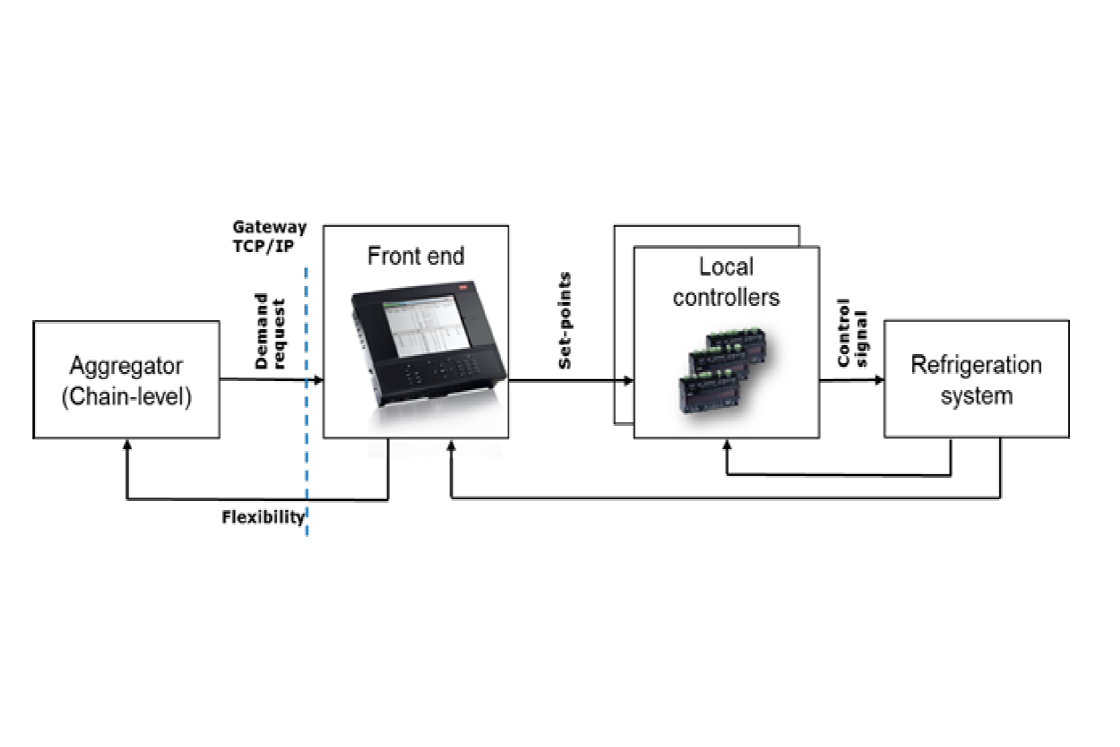
Fig. 3 The controller hierarchy in a supermarket and the connection to the grid
Most supermarkets are energy managed by a central controller connected to multiple cooling cases to control temperature levels. The hierarchy of the controls in a supermarket and the communication to the grid operator can be seen in fig.3. It is worth noticing that even in older systems changes in the control set-up can be done without big investments i.e. primary assets such as compressors refrigeration cases will not need to be replaced.
| Parameter | Value | Comment |
| Thermal storage of a typical supermarket | 25 KWH | 5.C temp. change in 20 cabinets of 500 kg food, cp=1.7 KJ/(KG.C) |
| Compressor cooling capacity to maintain normal operation | 100 KW | full capacity is 250 KW |
| Compressor power with a COP of 2.5 | 40 KW | COP will vary during the year |
| Time with 100 – 60% reduced power | 15 - 25 min | |
| Time without Defrost | 90 min | Defrost event is not dependent on the cooling capacity event |
| Defrost power flexibility | 13 KW | |
| Total power flexibility | 53 KW | For 500 stores adds up to 26.5 MW |
Table 1. Results and estimations on the flexibility in a typical supermarket
Flexibility services can be practiced in various variants and depends on the need of the electricity provider, see figure.4. Short-term responses are applied when the frequency in the grid drops under a certain critical value, and the compressor needs to shut down within 5 – 10 seconds. Longer and regularly scheduled consumption adjustments e.g. during peak hours can be obtained by intelligent energy storage utilization or specific tailored defrost schedules. If properly managed, supermarkets can be 60 – 80% more flexible from their normal applied cooling capacity for around 20 minutes and most importantly react very fast on specific grid request. Figure 4 – 1 shows that actual executed reaction times can be within a few seconds to minutes. Longer event durations offer smaller capacities because the thermal capacity is constant. From the utility side, the amount of flexibility often becomes interesting in the MW range so stores must be aggregated, making supermarket chains well suited to manage this aggregation. Typically, a few hundred stores can deliver an attractive capacity to operate. It should be noted that flexibility is not always a question of reducing the load. Balancing problems in the grid are also originating from on excess electricity production e.g. wind farms may produce a lot of electricity during the night where demand is low. Curtailment of wind farms is another problem which can be mitigated with such increased demand.
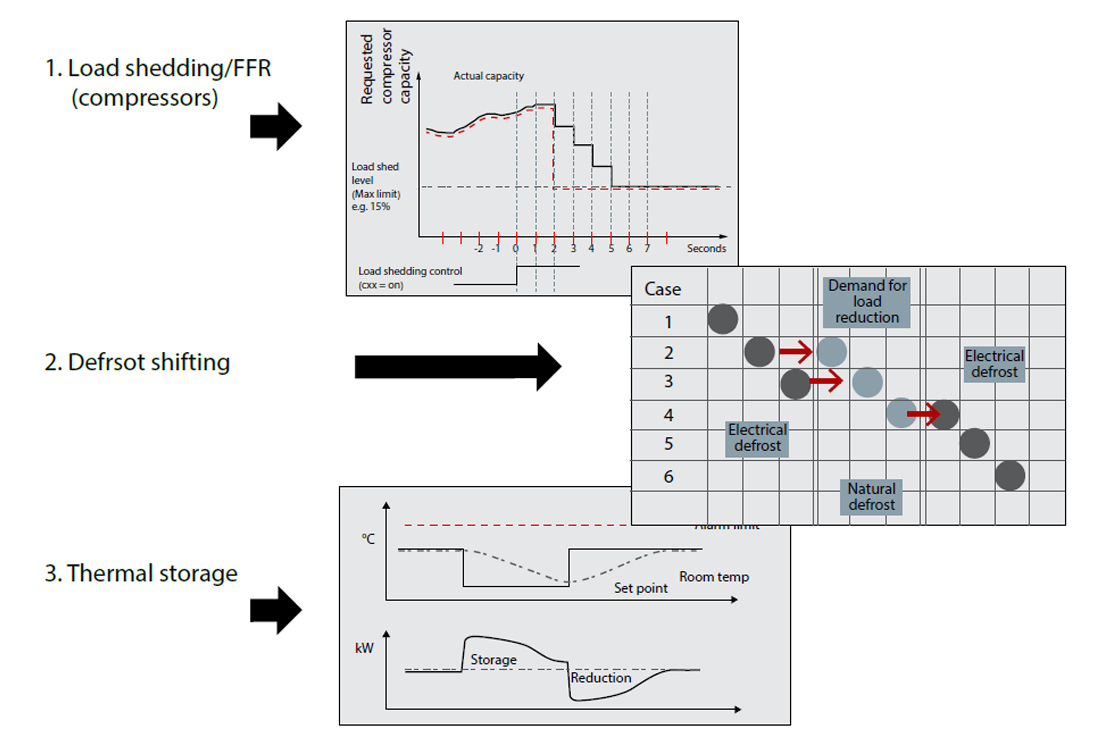
Fig. 4 Supermarket flexibility opportunities
Combining heating and cooling
The cooling process produces heat like a heat pump, but traditionally this heat has not been used therefore released to the surroundings. Energy efficiency stakeholders today are asking the question on how and why this waste could happen and is still occurring in the majority of installments. While the answer to this question for sure is interesting – we like to turn it around and pragmatically look at the potentials of future mitigation of this waste. In this case, the development of CO₂ refrigeration systems appears to have made the business case for heat recovery very attractive.
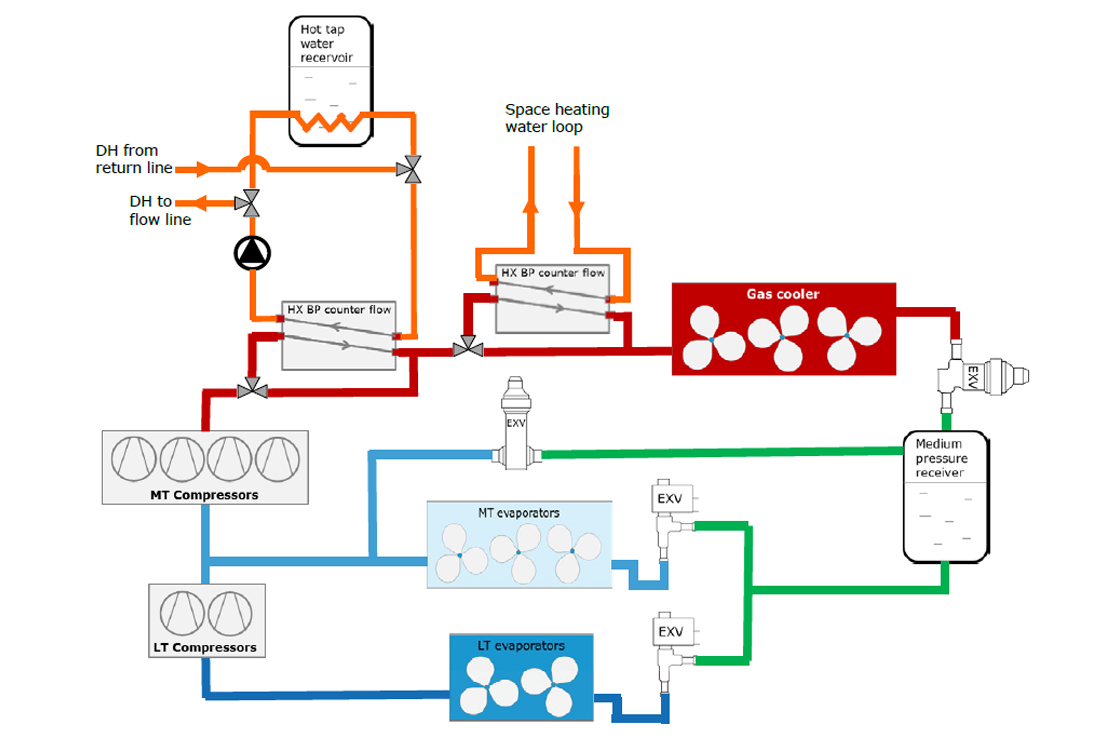
Fig. 5. The concept (simplified) of the CO₂ refrigeration system with heat recovery and district heating (DH) connection
Systems can relatively easy be retrofitted to heat recovery, and of course, specific store conditions need to be observed. The benefits of a full exploration are however tempting, and new stores should always consider maximizing this opportunity. Figure 5 shows a simplified outline of a heat recovery concept in store referred to later in the paper. Two heating circuits are applied to extract as much heat as possible. A high-temperature circuit serves hot water supply for the store and possibly also an external connection for heat export. The second heating circuit is for low-temperature space heating in the store.
CO₂ as refrigerant
From January 2015 the new EU F-gas Regulation has been in force, and as from 2019 a global phase down of HFCs will commence. However, already in 2000 political pressure for phasing down the HFC's pushed the industry in e.g. Denmark to start looking for alternative refrigerants. Specifically, for supermarkets, this implied a dramatic change from refrigerants with high global warming potential (GWP) to low GWP substances like CO₂. Once introduced in the market a continuous improvement in energy efficiency of the systems took place during the 2000's but without considering heat recovery – however once refrigeration COP's were on peer with traditional systems [4], the heat recovery opportunity started to be investigated and soon appeared as very attractive due to CO₂'s high energy content at relatively high temperatures.
A case on heat recovery
To quantify the gains from combining heating and cooling also in a District Heating (DH) context a pilot store was selected and monitored. The 1100 m2 store is located in the south of Denmark and was previously used as a case study for internal heat recovery [2]. From this study, see figure 6, it was concluded that the heat recovery for the store eliminated the need for natural gas heating previously used and the heat recovered reduced the total energy cost by 28% while the CO₂ emission reductions were around 34%. See also figure 6.
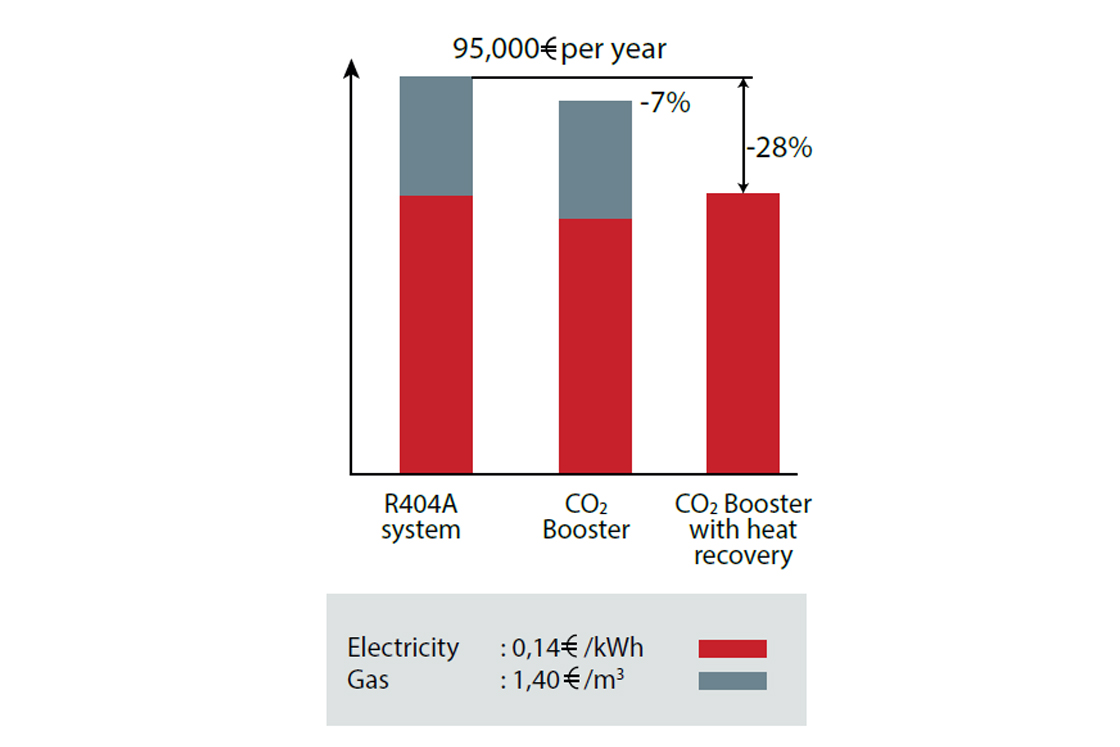
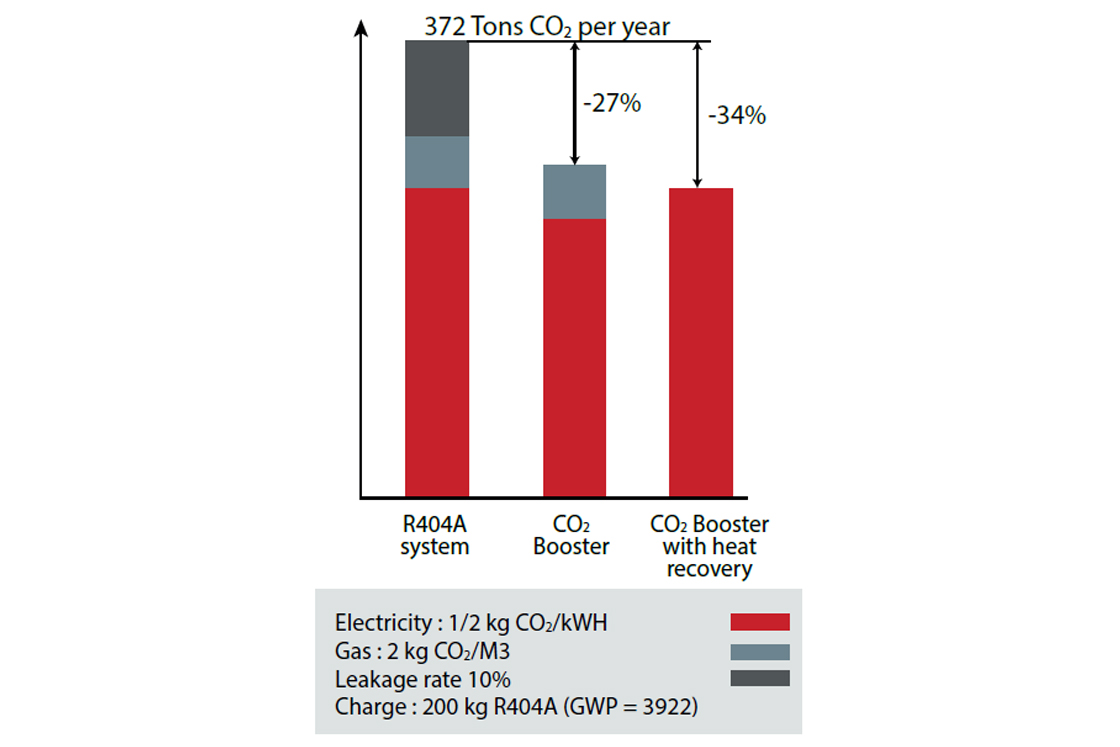
Fig. 6 The energy cost and CO₂ emission of the super market case
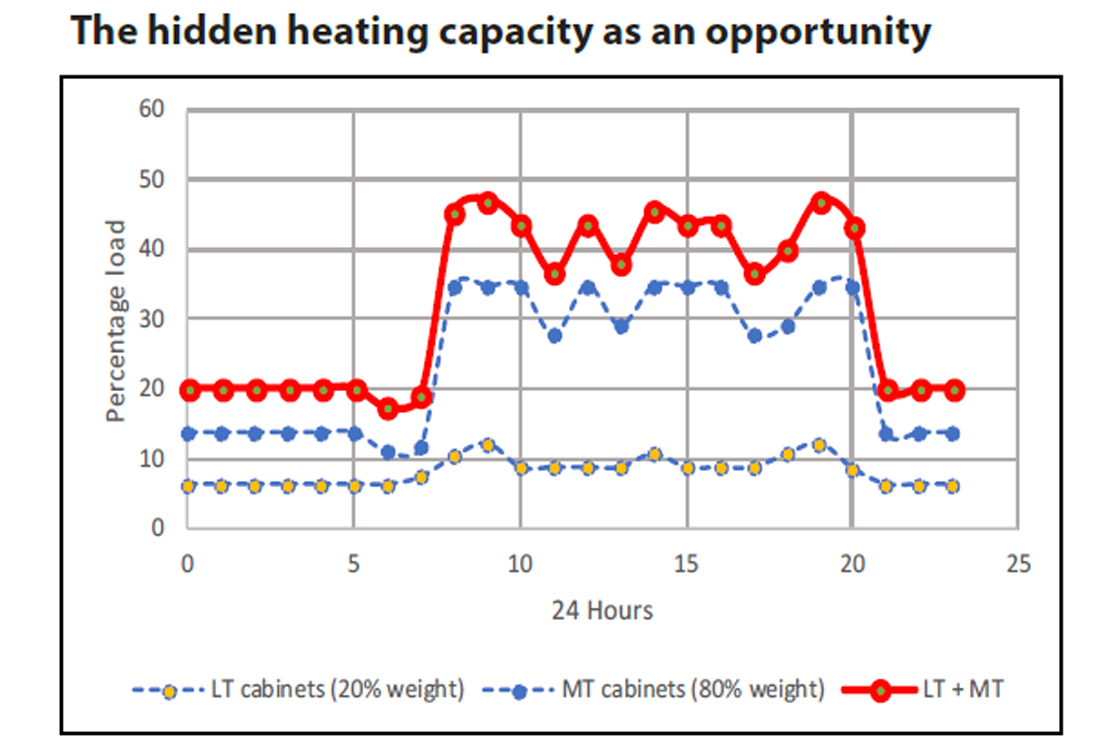
Fig. 7 Calculated average load profile in a super market, based on data form [5]
Traditionally supermarkets are designed for a high cooling load respecting extreme summer conditions with high temperatures and high humidity or more explicitly
k=1
Qc=K × ∑ Qc ,k (1)
n
where Qc is the Cooling capacity of the entire system and the Qc, k the single display cases in the store. K is a safety factor which usually can be taken as 1.10 – 1.15. The cooling capacity of the display cases relates to testing conditions implying a temperature of 25 °C and a humidity of 60% (EU). However, the nominal capacity is rarely fully utilized due to seasonal and daily variations or to the fact that the stores may be ventilated and air-conditioned.
A thorough work [5], done at a typical but smaller supermarket in Denmark has revealed the utilization of nominal capacity. Remarkable is that even in average only 32% capacity utilization is utilized, see figure 7. During closed store conditions i.e. low indoor temperature and closed display cases capacity utilization may even go down to 20%. Winter conditions would probably yield even lower numbers. To summarize; in average 65% – 70% of installed compressor capacity may not be used and that gives an enormous opportunity to look for utilization of these assets for additional heating and/or cooling service.
System setup for heat and/or cooling export
Once connected to a thermal grid the supermarket will face potential new opportunities beyond the traditional heat recovery. The only and necessary condition is to have a customer to the service and to be able to ensure a sound business case. The distinct outline of the heating system depends on the heating needs to serve. There are mainly two different methods:
- Increase the temperature of the return line
- Upgrade low-temperature return water to the flow line temperature.
Which type of solution to be chosen depends on the particular value that can be attained and accepted by the thermal network or DH operator. A certain amount of pragmatism also needs to be considered when designing the system. Easy and robust adaption to existing systems
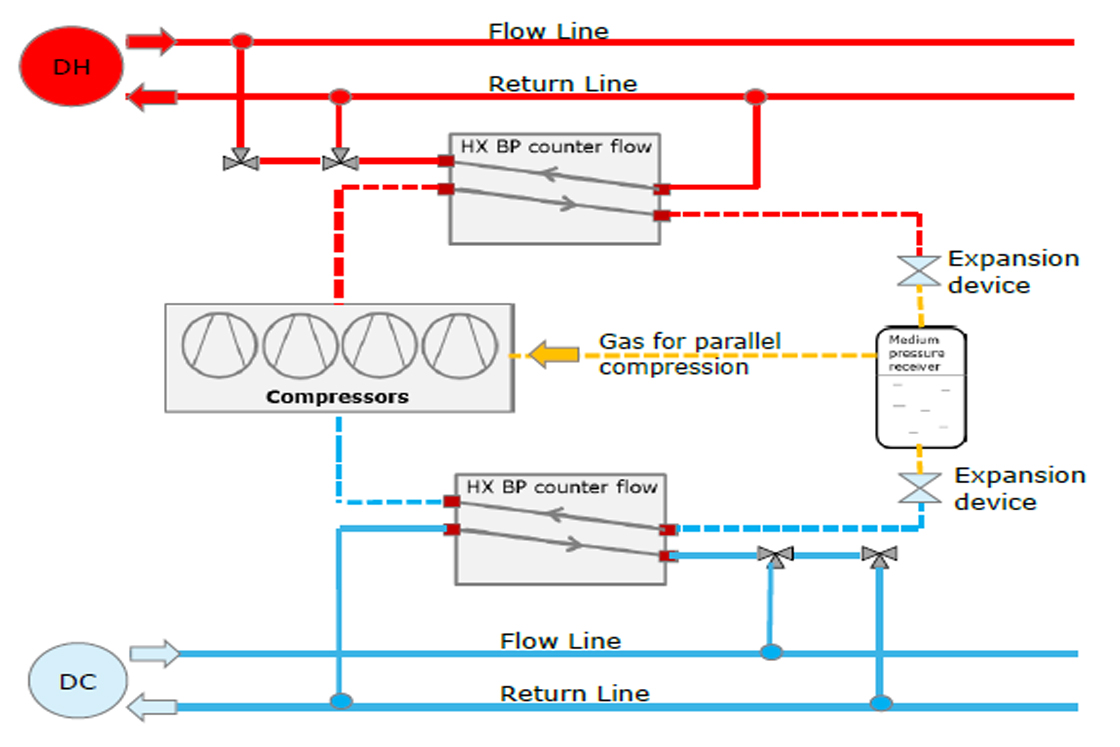
Fig. 8 Principal outline of external thermal grid connectivity to District Cooling (DC) and (DH). Dotted lines are refrigerant pipes, and solid lines are water pipes
while looking at return on investments are governing parameters while new stores more easily can use 'from the book 'optimized concepts.
Service people are almost divided into their respective technical areas, and the implications of merging the cooling and heating systems must not be underestimated. Who has the main control and how is this influencing on the 'new' connected system. To overcome these potential pitfalls standard setups are recommended.
Optimizing the running conditions in an integrated smart energy system
Heat recovery is per definition based on the energy obtained in the cooling units in the store and can be regarded as a 'free' bonus energy. In parallel traditional heat pump processing is a 'fait a comply' because heat is needed. However, the utilization of the extra compressor capacity for making and selling heat is a trade opportunity which is dynamic throughout 24h. Consequently, an automated evaluation needs to be in place on when and how to operate the extra capacity to obtain an attractive cost balance.
Assuming a supermarket is running with 100 kW cooling power in average (35% of full capacity) and a compressor electricity consumption of 40 kW further cost estimations have been made, see figure 9. A conventional CO₂ refrigeration system without heat recovery is selected as a benchmark (factor 100). The first and second cost savings is a result of applying internal heat recovery which is used for the store only and eliminates the gas heating system. The third savings consists of income gained from selling heat to the district heating system based on the surplus of energy under normal load conditions.
The fourth savings is designated the further utilization of the available compressor capacity not used for refrigeration. It is assumed that in 25% of the time the electricity price is attractive due to high wind energy production and that the heating COP is 1.5. This saving is likely to be higher but is dependent on local conditions. Finally, the fifth cost reduction is an income based on selling Flexibility (DSF) to the electrical grid operator. DSF is about optimizing the timing of electricity usage to have the lowest electricity bill by shedding defrost and loads during peak hours. Imbalance services are related to fast load reductions to help keep the grid frequency as described previously. The DSF services are also related to the extended possibilities for heat pump processing. Many times in the year renewable energy production exceeds the planned amount and loads need to be introduced. Indirectly this is already taken into account with low electricity prices in the fourth savings, but extra fast and unplanned ramp up could be an incentive for the future.
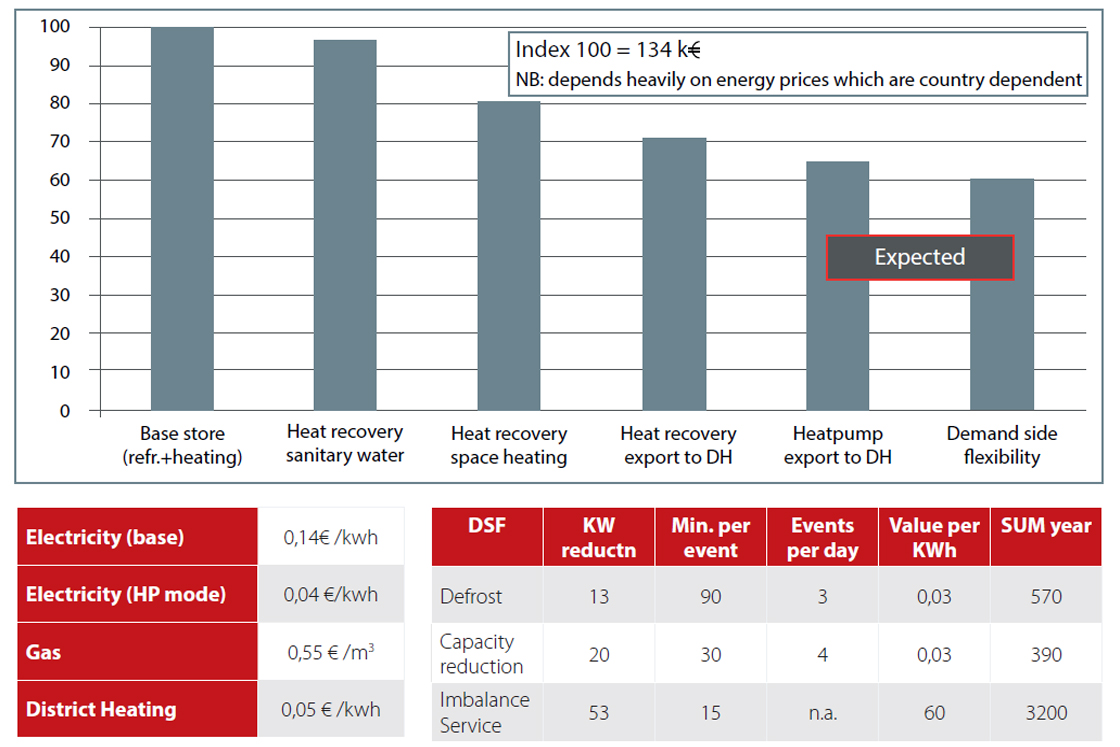
Fig. 9 Cost reductions accumulated in an integrated smart energy system
The associated CO₂ emission reductions, see figure 10, can be estimated calculating the CO₂ content of the saved gas consumption and for the DH export part (fifth column) the CO₂ difference between electricity and heat production. The DSF part (sixth column) is regarded as having zero CO₂ emission influence because it is only moving energy consumption. However, from the electricity supply side emissions are likely saved to due to a lower CO₂ emission based energy mix when more wind energy is used. 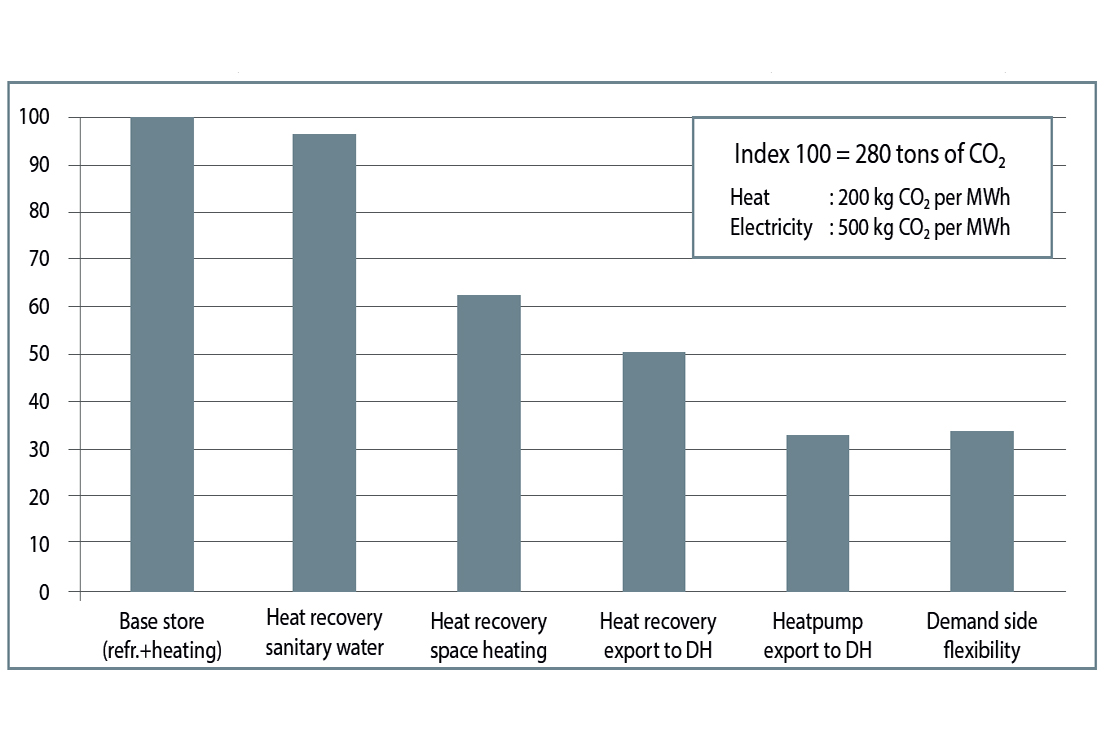
Fig.10. CO₂ emission reduction accumulated
Conclusions
Traditional supermarket refrigeration systems can combine the renewable energy benefits of a smart energy system with environmentally friendly refrigerants in a new full system approach to optimally use flexibly enabled electrical and thermal networks. This new full system approach can capitalize on these benefits to ensure a positive business perspective.
The actual load conditions for supermarkets are characterized by a low load utilization. This low load usage can be exploited for extra heat pump operation that can empower supermarkets to become decentral heat suppliers.
CO₂ is a very well suited refrigerant for the integration of heating and cooling as it has superior heating and cooling properties within the existing component matrix.
Supermarkets can obtain substantial accumulated cost and emission savings by addressing the full potential of utilizing the compressor capacity in the context of variable electricity prices. Accumulated savings are in the range of 40%. Accumulated CO₂ savings can be in the range of 60 – 70% by taking the full potential of energy savings into account into account. Further savings could be made if a combination of District Cooling and District Heating could be utilized.
The specific set up for energy system integration will depend on local conditions and opportunities. A thorough business case needs to be developed in each case. To increase the certainty of success, specific solution guidelines are emphasized to exploit the heat recovery potentials.
